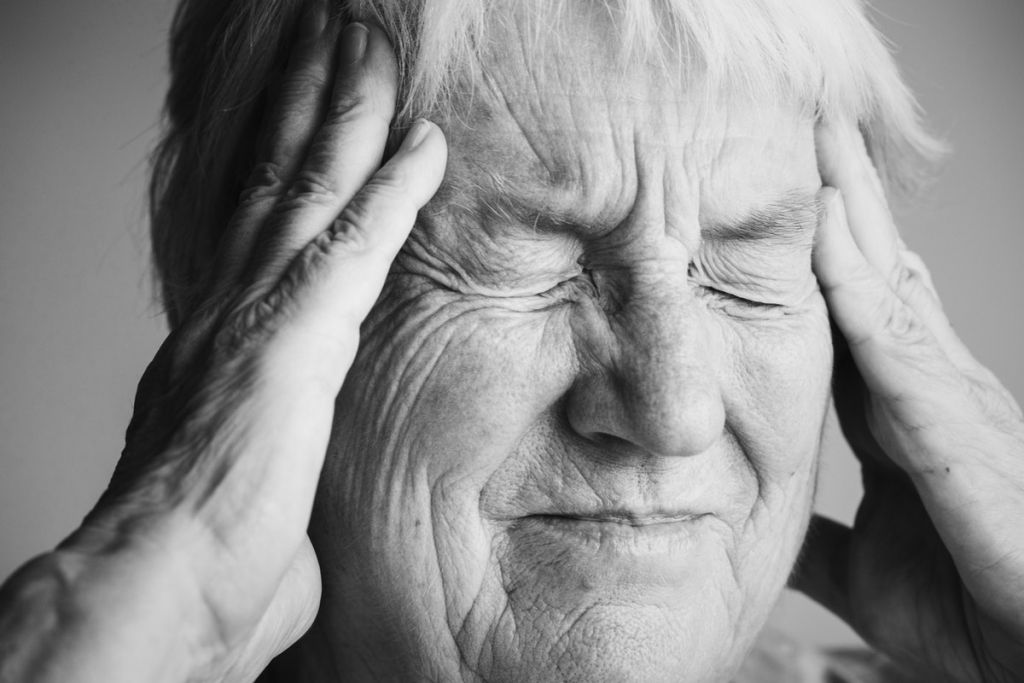Illinois’ Department of Public Health is fighting to get migraines on the list of health issues that medical cannabis can be of help. Unfortunately, a judge overturned the motion of being able to use medical cannabis for migraines.
Health advisors from the city along with other advocates and medical cannabis patients are saying that some people suffer migraines for years.
They believe that cannabis can be an option for their pains.

The History of Using Medical Cannabis for Migraines
Some people have used cannabis as a cure for migraines in the past. Cannabis plants were harvested thousands of years ago as a natural treatment for a number of health conditions.
Although there are not enough studies to support that cannabis use is indeed a potent solution for migraines, there are virtually enough anecdotal reports and preliminary findings from clinical trials by research institutions.
These were the trials that are needed before cannabis can be considered as a standard approach to migraines.
Usually, cannabis is consumed through smoking, but through the years, several ways were devised for the intake of marijuana.
Although several states have already legalized medical cannabis, people seeking to use it should consult with their physicians and should know their state laws on cannabis possession and consumption before even thinking of using medical cannabis.
With the federal regulations and lack of government funding, research on cannabis has been limited.
Research Into Cannabis for Migraines
However, even with little to no support from the government, recent studies have been conducted on the correlation between cannabis and migraines.
A retrospective analysis was published in 2016 that reviewed the study of 121 adults who had recurring migraine attacks. They were divided into groups where they either took a migraine preventive medicine or medical cannabis for their headache.
The research found that the rate of migraine attacks was reduced from 10.4 to only 4.6 monthly with medical cannabis. Patients who used medical cannabis used varying forms and strains of cannabis. They also used it every day as a prevention strategy.
Inhaling was the most popular way for cannabis consumption for the patients and it was reported to ease most of the symptoms of migraines.

The challenge for the researchers of the study is that it was hard for them to determine which variant, form, and strain the patient used and at what dosages.
Researches said that it was impossible for them to pinpoint which form or dosage would work best as a preventive or treatment drug for people with migraines but they added that the study provided an insightful data to warrant more investigation.
In 2017, Italian researchers provided additional proof that cannabis consumption can both prevent and treat migraines. They presented this to the Congress of European Academy of Neurology.
They first studied the correct dosage of cannabis use. With of a group of 49 participants who had chronic migraines, they conducted a study by giving them oral doses of medical cannabis with differing levels of CBD and THC.
Soon after, they determined that at an oral dose of 200mg was enough to decrease acute pain from migraines by 55%.
In the second phase of their research, 79 patients who suffer chronic migraines were prescribed with either a daily dose of amitriptyline (an antidepressant and a common treatment for migraines) or cannabis.
Participants were also given permission to use 200mg of cannabis for acute attacks.
After the third month of the study, the patients who use cannabis had a 40.4 percent decrease in migraine attacks compared to those who used amitriptyline with a 40.1 percent reduction.

Side effects reported included drowsiness and concentration problems. Although, the participants who used cannabis also noted an improvement in musculoskeletal pain and stomach aches.
As of the moment, cannabis is still illegal as per the United States’ Food and Drug Administration.
Officials from the FDA said that because cannabis is not tightly monitored by the government compared to the approved drugs, more research is still needed for its side effects to be determined because its purity and strength vary with each use.
Medical cannabis’ long-term negative implications on the body are still not completely recorded. Because of the current blockages created by the government, only a few studies have been conducted on the lasting effects of cannabis in the body, and some of the few that were completed are either conflicting or are of poor quality.
Have you ever used Cannabis for Migraines? Share your experience with us in the comments below!
- How Commercial Cannabis Growers Can Benefit from Using a Software - May 17, 2019
- Understanding CBD Interactions and Why CBD and Your Brain Can Be Best Friends - January 4, 2019
- The Difference Between Using THC and CBD - December 19, 2018


